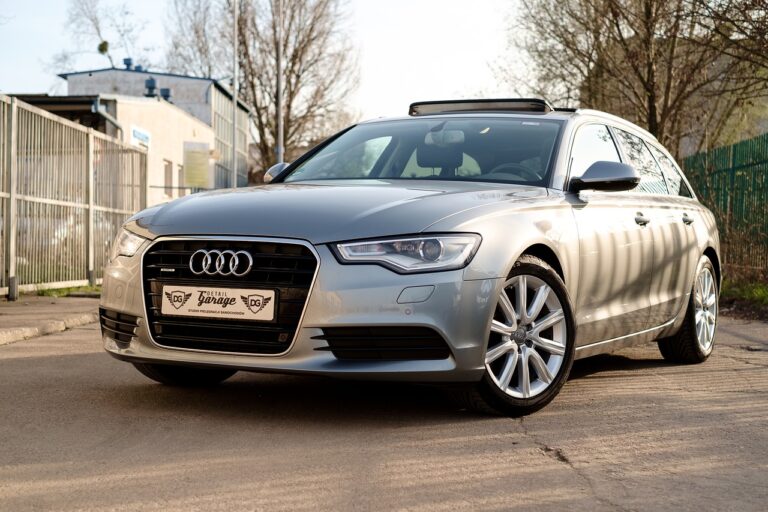Understanding the Benefits of Leasing for Ride-Sharing Drivers: Goldenexch, Cricbet99 link, King 567
goldenexch, cricbet99 link, king 567: Ride-sharing has become a popular way for many people to earn extra income or even make a full-time living. Whether you drive for Uber, Lyft, or another ride-sharing service, one important decision you’ll need to make is whether to lease a vehicle or purchase one outright. In this article, we’ll discuss the benefits of leasing for ride-sharing drivers to help you make an informed decision.
Lower Monthly Payments
One of the primary benefits of leasing a vehicle for ride-sharing is the lower monthly payments compared to purchasing a car. When you lease a car, you’re essentially renting it for a set period, typically two to four years. During this time, you’ll make monthly payments based on the depreciation of the vehicle. This can result in significantly lower payments compared to financing a car purchase.
Newer Vehicles
Another advantage of leasing for ride-sharing drivers is the ability to drive a newer vehicle. Ride-sharing passengers often prefer to be chauffeured in a clean, modern car, and leasing allows you to regularly upgrade to a newer model without the hassle of selling or trading in a vehicle. This can help you maintain a positive reputation with passengers and potentially increase your earnings.
Maintenance and Repairs
Leasing a vehicle can also save you money on maintenance and repairs. Most lease agreements come with a manufacturer’s warranty that covers major repairs for the duration of the lease. Additionally, many leases include regular maintenance such as oil changes and tire rotations, which can help you avoid unexpected expenses and keep your vehicle in top condition for ride-sharing.
Tax Benefits
Leasing a vehicle for ride-sharing can also offer significant tax benefits. When you lease a car for business purposes, you can typically deduct the lease payments as a business expense on your taxes. Additionally, you may be able to deduct other expenses such as fuel, insurance, and maintenance, further reducing your tax liability.
Flexibility
Leasing a vehicle provides flexibility for ride-sharing drivers. If your circumstances change or you decide to stop driving for a ride-sharing service, you can simply return the leased vehicle at the end of the term without worrying about selling or trading it in. This flexibility can be especially beneficial if you’re uncertain about your long-term plans as a ride-sharing driver.
FAQs
Q: Can I lease a vehicle for ride-sharing if I have a poor credit score?
A: While some lease agreements may require a good credit score, there are options available for people with less-than-perfect credit. It’s a good idea to shop around and compare lease offers from different dealerships to find the best option for your situation.
Q: What happens if I exceed the mileage limit on my lease agreement?
A: If you go over the mileage limit specified in your lease agreement, you will likely be charged a fee for each additional mile. It’s important to estimate your driving habits accurately when signing a lease to avoid unexpected costs at the end of the term.
Q: Can I customize a leased vehicle for ride-sharing purposes?
A: Most lease agreements prohibit significant modifications or customizations to the vehicle. However, minor changes such as installing a phone mount or adding a car freshener are usually allowed. Be sure to check your lease agreement for specific restrictions.
In conclusion, leasing a vehicle for ride-sharing can offer several benefits for drivers looking to maximize their earnings and flexibility. By understanding the advantages of leasing, you can make an informed decision on whether it’s the right choice for your ride-sharing business.







